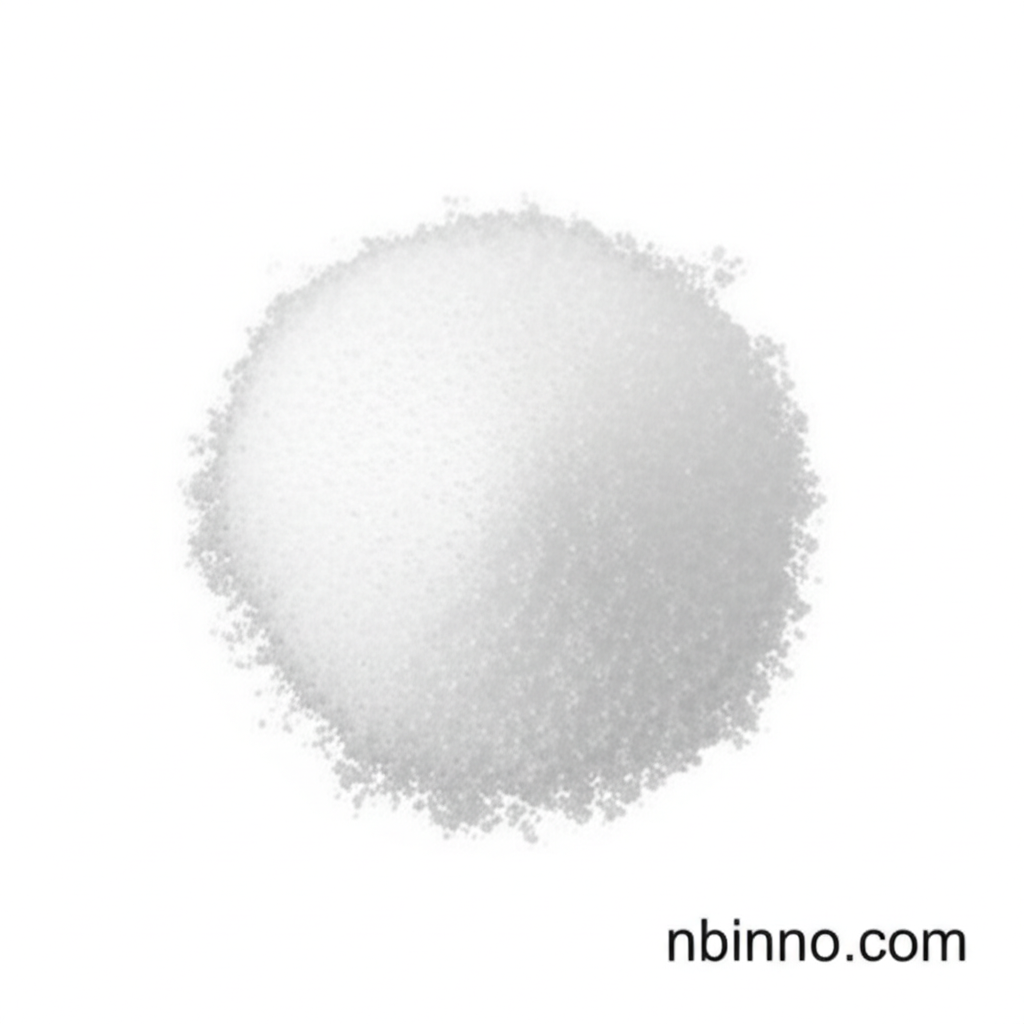Fmoc-(R)-1,2,3,4-Tetrahydroisoquinoline-3-Acetic Acid: A Cornerstone in Modern Synthesis
Unlock precision in peptide synthesis and drug discovery with this essential chemical building block.
Get a Quote & SampleProduct Core Value

Fmoc-(R)-1,2,3,4-Tetrahydroisoquinoline-3-Acetic Acid
This compound is a critical component in advanced organic synthesis and medicinal chemistry, offering unique structural advantages for creating complex molecules. Its application as a building block in peptide synthesis significantly aids in the development of peptide-based therapeutics, enhancing their stability and biological activity. The presence of the Fmoc (fluorenylmethyloxycarbonyl) protecting group is key, allowing for controlled and selective deprotection strategies, which is vital for researchers aiming for precision in synthesizing intricate peptide sequences.
- Leveraging Fmoc protected amino acids like this can streamline your peptide synthesis process, allowing for efficient incorporation of unique structural motifs.
- As a vital intermediate in organic synthesis, it plays a key role in discovering novel pharmaceuticals by enabling the introduction of specific functional groups.
- The precise control offered by the Fmoc protecting group makes it an ideal choice for constructing complex peptide sequences in drug development research.
- Utilizing this compound in medicinal chemistry can lead to improved pharmacological profiles, contributing to more effective drug formulations.
Key Advantages Offered
Enhanced Peptide Stability
The unique structure of this compound helps improve the stability and bioactivity of synthesized peptides, a critical factor in drug development. This makes it a sought-after reagent for peptide synthesis.
Precision in Synthesis
With its Fmoc protecting group, researchers can achieve precise control over peptide chain elongation, minimizing unwanted side reactions and ensuring high purity in the final product.
Broad Pharmaceutical Applications
Its versatility as a building block is evident in its application for developing novel pharmaceuticals targeting diverse biological pathways, thereby enhancing drug efficacy.
Key Applications
Peptide Synthesis
A fundamental application is its role as a protected amino acid derivative, crucial for Solid Phase Peptide Synthesis (SPPS) and solution-phase synthesis of complex peptides.
Drug Development
This compound serves as a valuable intermediate in the design and synthesis of new drug candidates, particularly those incorporating isoquinoline structures for enhanced pharmacological properties.
Medicinal Chemistry Research
Researchers utilize this molecule to explore new therapeutic agents, leveraging its structure to interact with specific biological targets and pathways.
Organic Synthesis
As a versatile building block, it facilitates the construction of intricate organic molecules with potential applications across various scientific disciplines.
